Trees are good to have around your home, as they're a source of fresh air, among other things. However, there are times when the tree in your backyard needs to be removed and doing so causes the ground where it once stood to sink. We asked professionals why this happens and have answers to share.
According to a tree removal specialist, the reason why the ground is sinking after tree removal is due to water filling up the spaces left by the tree. This causes water to build up underneath the soil, creating a sinkhole. Leaving a tree stump or the tree roots to decompose on their own also leads to the ground sinking as, over time, water will fill up the spaces they leave behind.
In this article, we will further discuss why the ground is sinking and expound further on the causes related to it. Not only that, but we will also talk about why it's not a good idea to leave something like a tree stump behind to decompose on its own. So, if you want to learn more, keep reading!
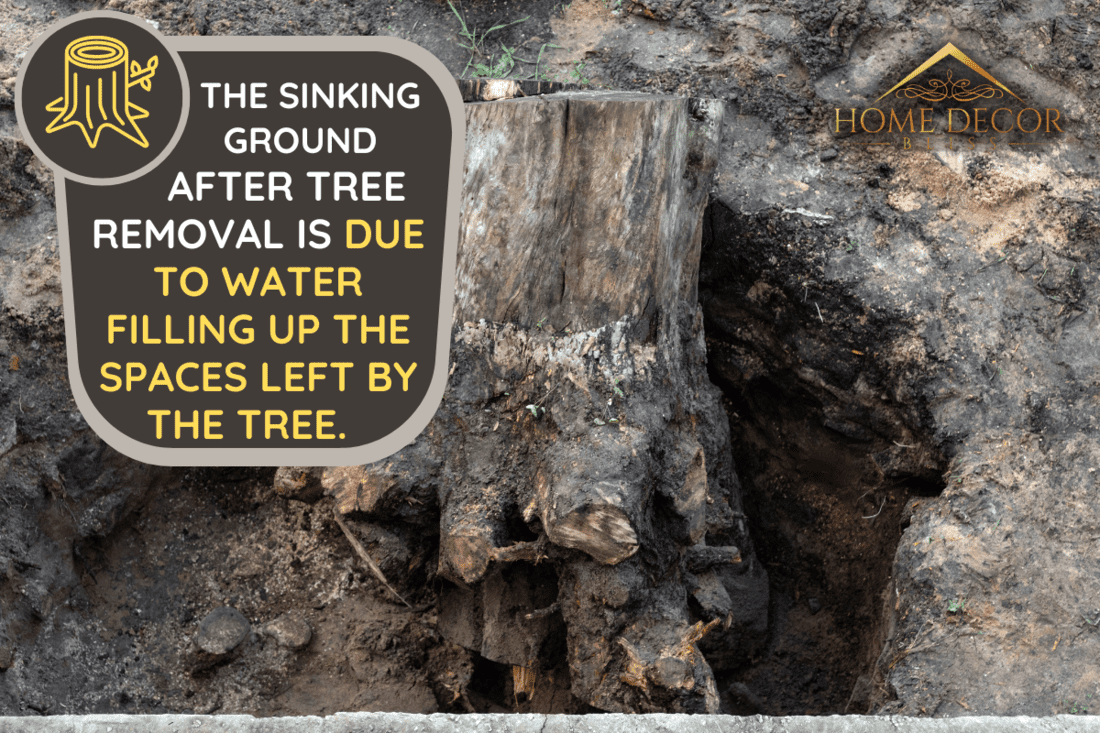
Why Is The Ground Sinking After Tree Removal?
The reason why the ground is sinking after tree removal is due to water build-up underneath the soil. Trees act as a sponge as they suck up the excess water from the ground. You may notice that the area where a tree grows is normally hard and dry.
If you remove the tree growing there, you're essentially removing the sponge that absorbs all the excess water. Without it, water starts collecting in those spaces left behind by the tree. This, in turn, causes the soil to soften and act as a sinkhole.
If left unchecked, it can cause severe damage to your home's foundation. This would lead to structural damage to your home or even worse results over time.
Common Causes Of Ground Sinking After Tree Removal
You might think leaving behind the roots of trees is a good idea to stop the ground from sinking. After all, no spaces would form immediately. However, that is not the case at all as we talk more about it.
Decay Of Stumps
We sometimes add affiliate links and content that was curated and created by our team with the help of advanced ai tools to help showcase the best design styles.
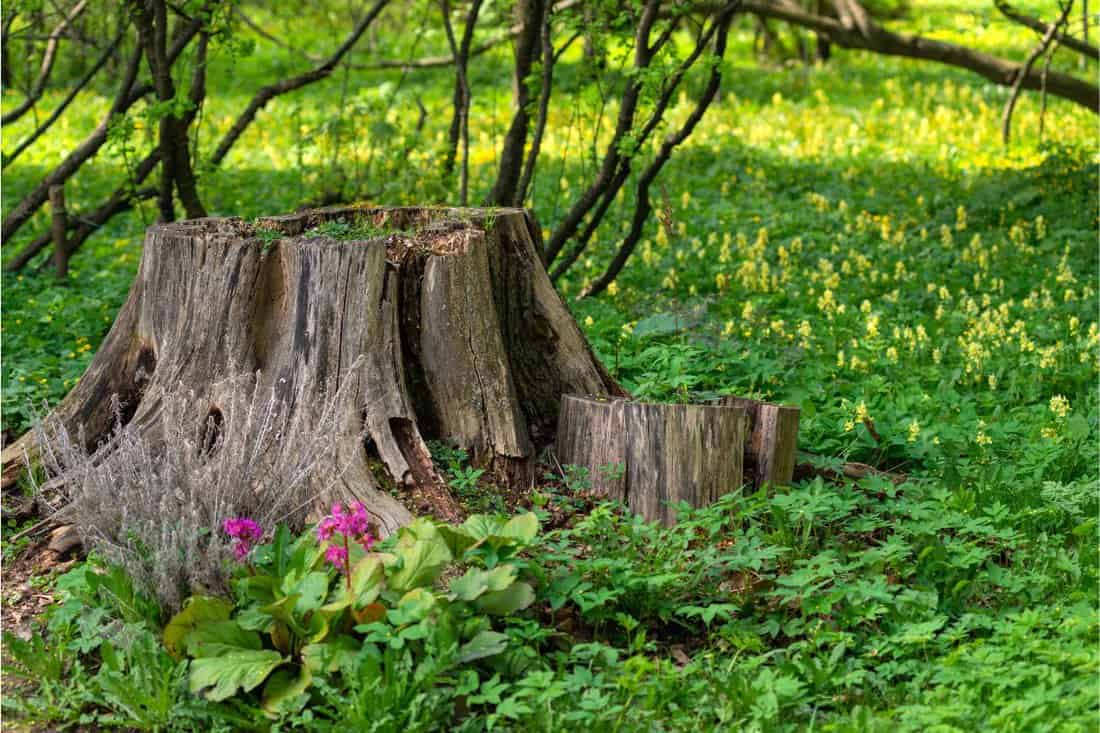
Often, most homeowners would hire a professional to grind the stump down until it's not visible anymore. The problem, though, is that most stump grinders cannot reach the deeper section of the tree stump underneath the soil. This causes a portion of the tree stump to decay in the ground.
https://www.istockphoto.com/photo/stump-grinding-gm1173673792-326089271?phrase=stump%20grinding
Once these tree stumps start to decay, they leave behind a void that needs filling up, or it would lead to a sinkhole. Whether you remove them immediately or leave them behind to decay, the void left is an issue.
Check this stump grinder on Amazon.
Decay Of Large Roots
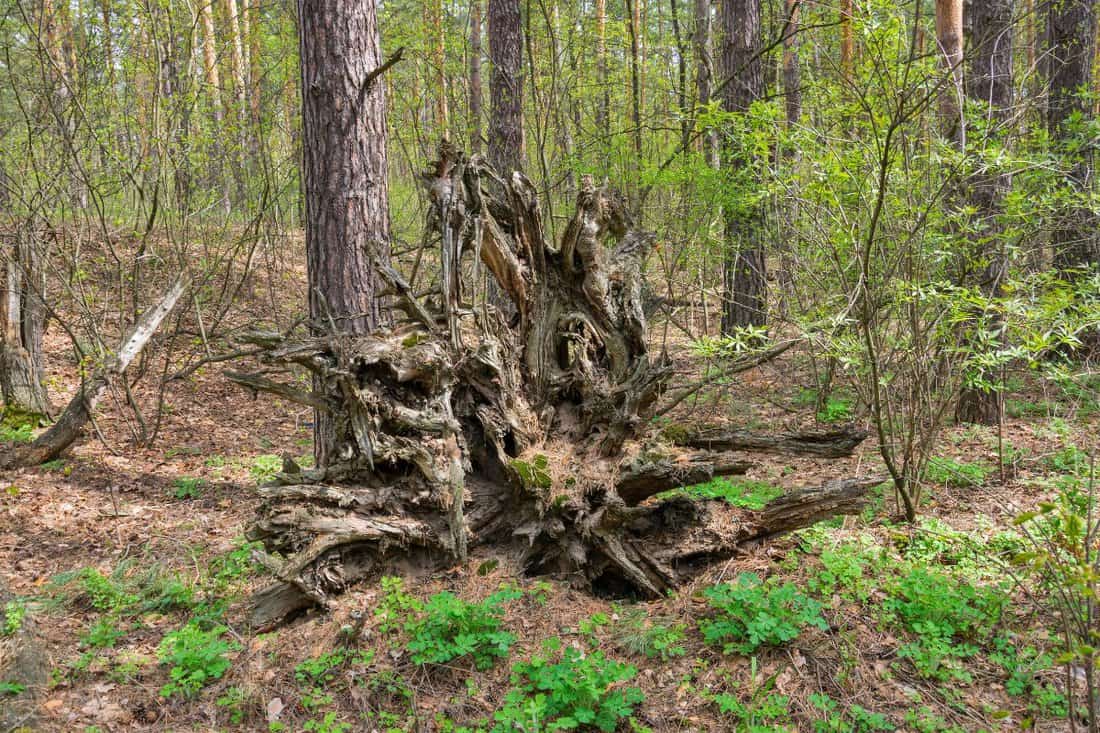
Earlier, we talked about how leaving a tree stump behind in the ground is a serious issue. Now, the same applies to the tree roots. Not only that, but they can cause even greater damage than leaving behind a tree stump.
Tree roots, especially those from large trees, help anchor the tree and absorbs all the water and nutrients needed for the tree to grow. Depending on the species, they can burrow deep into the ground or cover a wide area.
Because of how expansive they are, leaving them behind to decay is a serious problem. Removing them immediately and filling up the spaces left behind is a must.
What Happens To A Tree Stump If Left Untouched?
Some homeowners would leave a tree stump to decay on its own. In other cases, they would leave it as some sort of decoration in their backyard.
However, they would start to decay on their own if left untouched. In most cases, it would lead to the growth of fungi and mushrooms all over the stump. It would become a nest for different insect species to thrive.
Not only that, but leaving a stump behind would prevent you from planting any saplings near it. That's because the two would end up competing for the nutrients in the soil. It would be difficult for the sapling to develop its roots in a place with there are already several roots.
Why Is It A Bad Idea To Leave A Tree Stump Untouched?
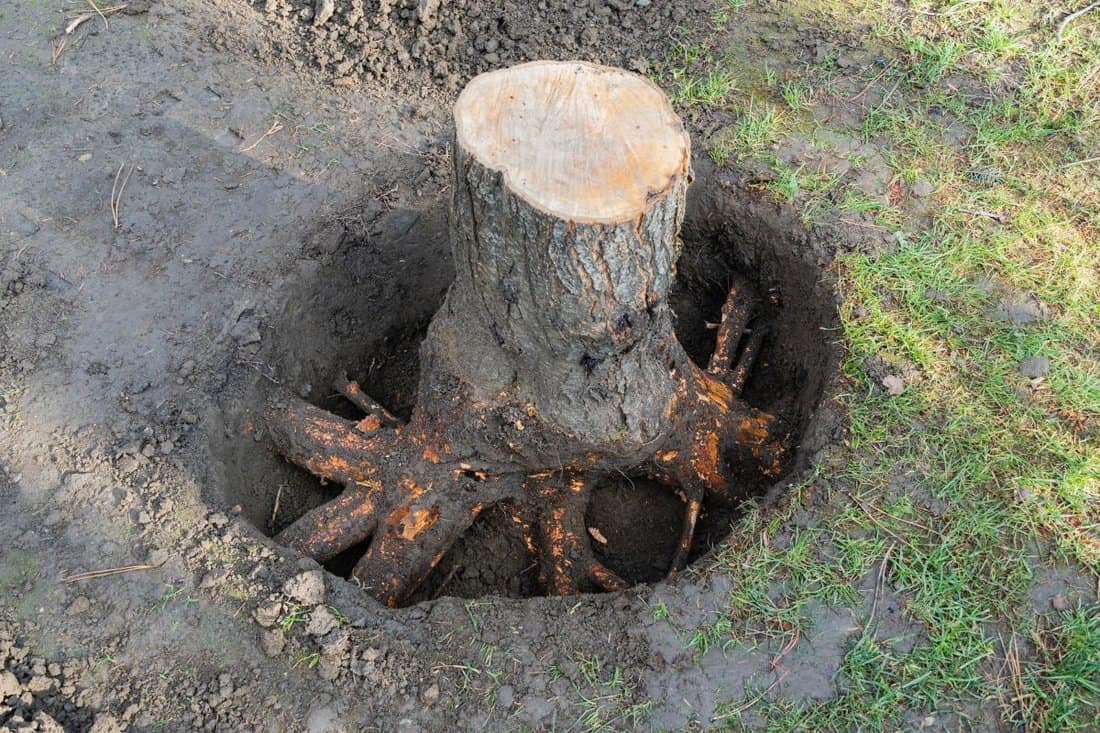
We will discuss why leaving a tree stump in the ground is generally a bad idea. The following are just some of the most common reasons.
Property Damage
Sometimes, cutting the tree down is insufficient to prevent the roots from growing. Even with just the tree stump left, the roots can extend into the ground and cause severe damage to its surroundings.
Not only will you have to deal with your backyard getting overran by tree roots, but they can make their way to the pipes underground, damaging them in the process. They can also cause cracks on the pavement surrounding your home and can even severely weaken the foundation of your house.
Pests/Insects Infestation
A tree stump is a perfect place for insects and pests to thrive. Ants and termites would start moving in and wreak havoc on nearby plants and trees, as well as on your home.
Small rodents and snakes can also find their way into these tree stumps. As such, it becomes a safety concern if you leave the matter of the tree stump unresolved for long.
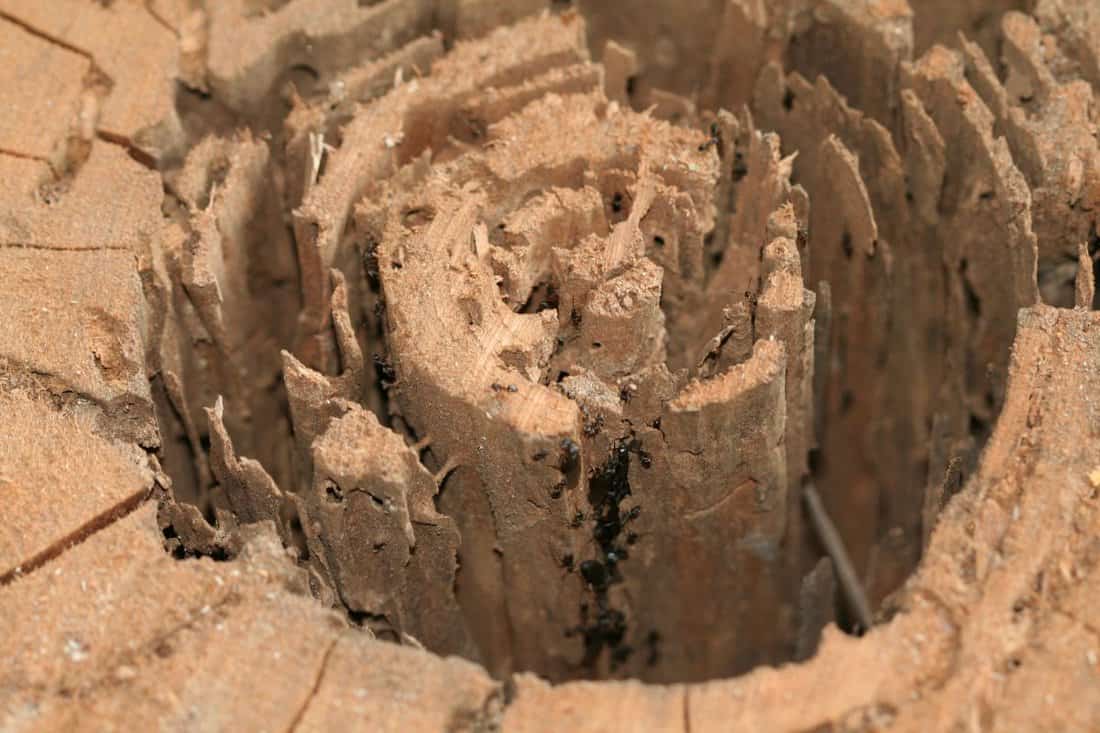
Growth Of Invasive Species
Leaving behind a tree stump can cause different plants, fungi, and mushrooms to grow on it. These sorts of invasive species can be difficult to remove and would require the use of chemicals in some situations.
The growth of fungi and mushrooms is extremely worrying as well. At first glance, it would be difficult to tell whether these species are harmful or not and can be poisonous if ingested by your pets or even small children playing near the area.
Add in the fact that the spores these species release can cause allergies and other health-related problems, and you got yourself a serious issue on hand. If left unchecked, they can start invading other plants that you might have in your backyard, infecting them greatly.

Safety Hazards
Even without the growth of fungi and mushrooms, as well as insects making the tree stump their home, it's still a safety hazard. Children playing in the backyard can trip up and fall to the ground due to its roots. Stubbing one's toe into the stump or one of the roots will become a common occurrence as well.
And if you plan on moving the lawn, you'll have to work your way around the stump, or you risk damaging your lawnmower. As such, the simple existence of the tree stump itself is already a concern.
Check this lawn mower on Amazon.
Aesthetics And Space
Homeowners with a backyard usually have a garden that they tend to every day. As such, leaving behind a tree stump can become an eyesore for anyone taking care of their plants.
Additionally, starting a garden of your own with a tree stump would prove to be challenging. They eat up a lot of space and compete for the nutrients in the soil with other plants you may want to grow.
If you plan on selling the house in the future, a tree stump in the backyard is enough to scare away potential buyers. After all, they would not want to buy a home with a major issue left sitting in the backyard.
Check this chemical stump remover on Amazon.
What To Do When The Ground Starts Sinking After Tree Removal?
It's best to consult a tree removal specialist in this scenario. If the ground starts sinking due to the roots and stumps decaying, then their advice would be for you to wait.
There is nothing else to do but wait for the process to finish. Excavating the decomposing parts can lead to greater damage to the surrounding area. Once the process is over, you can start filling up the empty spaces with rocks and soil.
As such, it's always best to remove the roots and stumps immediately after tree removal. This is to prevent the ground from sinking over time.
Final Statement
In short, the ground sinking is due to the void left behind after tree removal. These end up collecting water, causing the ground to weaken, and creating sinkholes. To avert this situation, contact a local tree removal specialist to guide you.
If this article proved to be informative for you, consider checking the links below. These articles talk about palm trees, a common decorative plant you can consider adding to your home.
If you're missing the tree in your backyard or you just want something tall and green to be around, then give these articles a read for more information.



